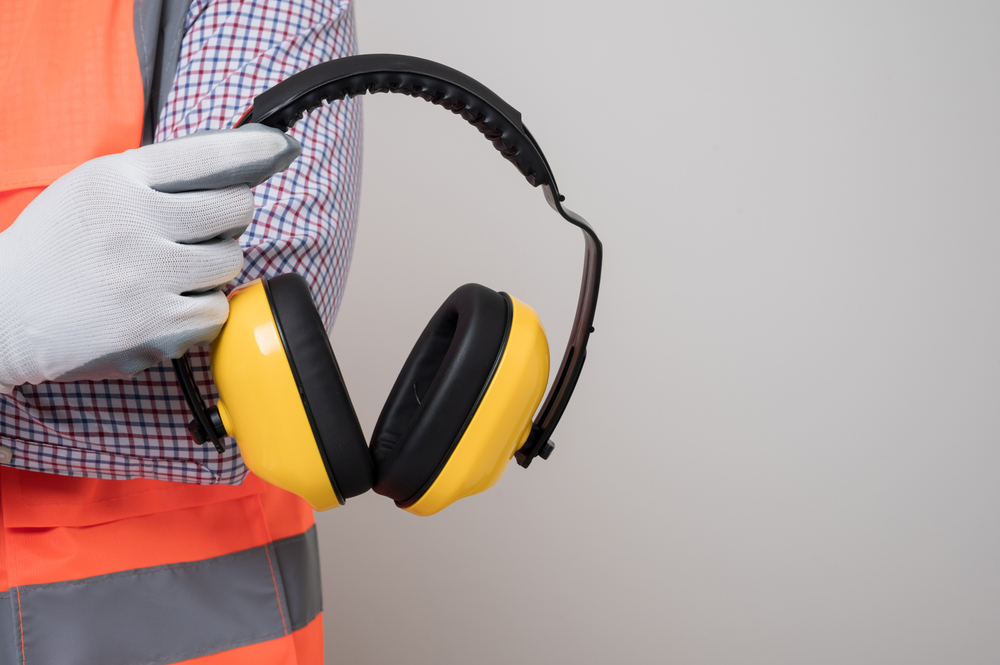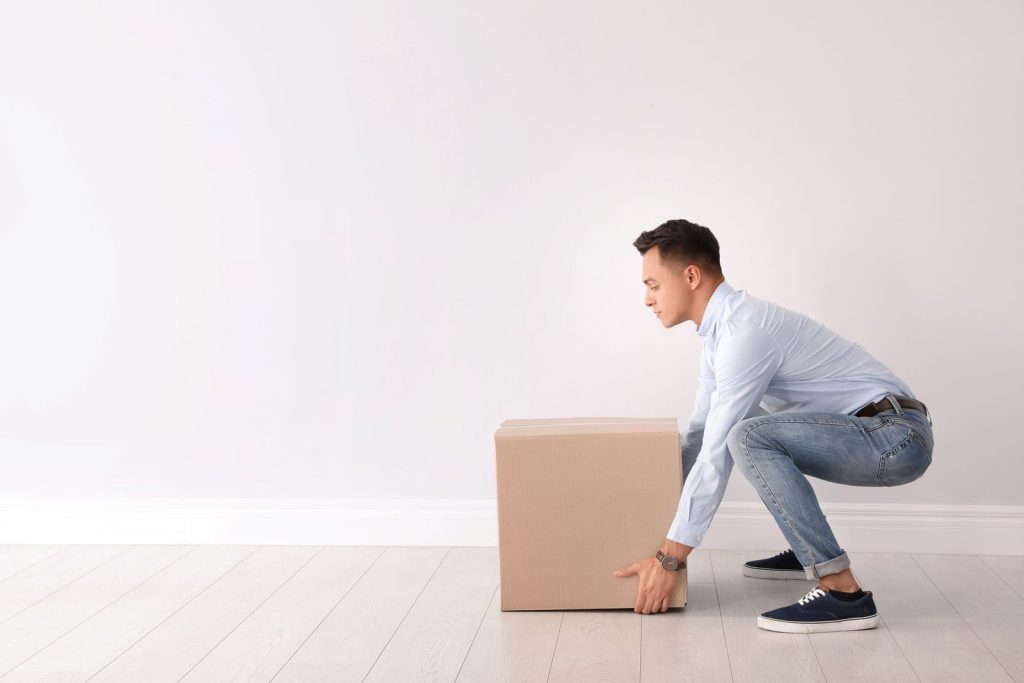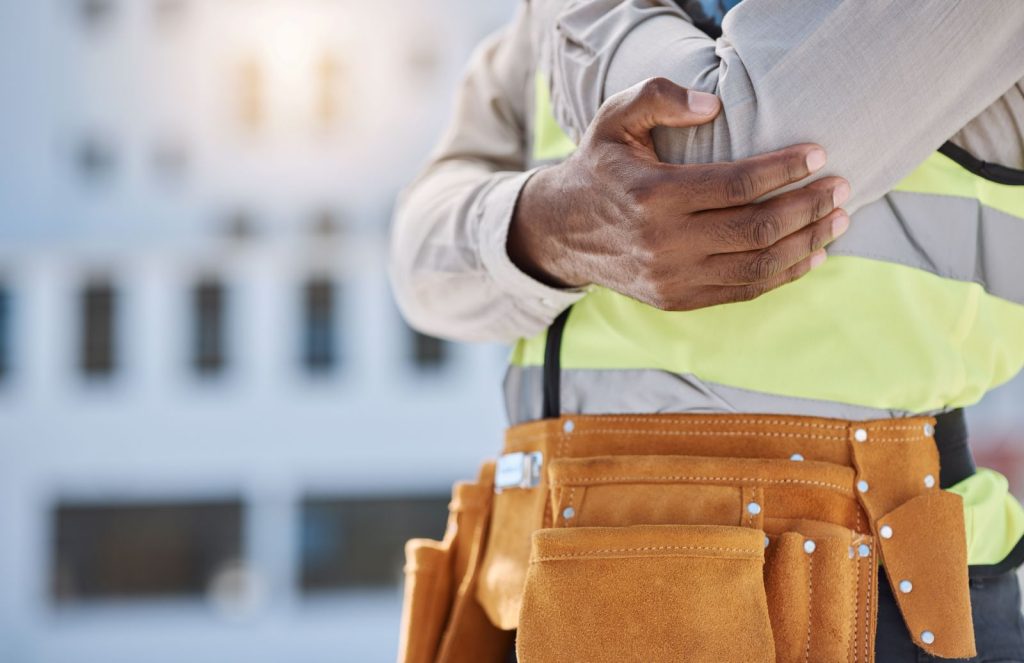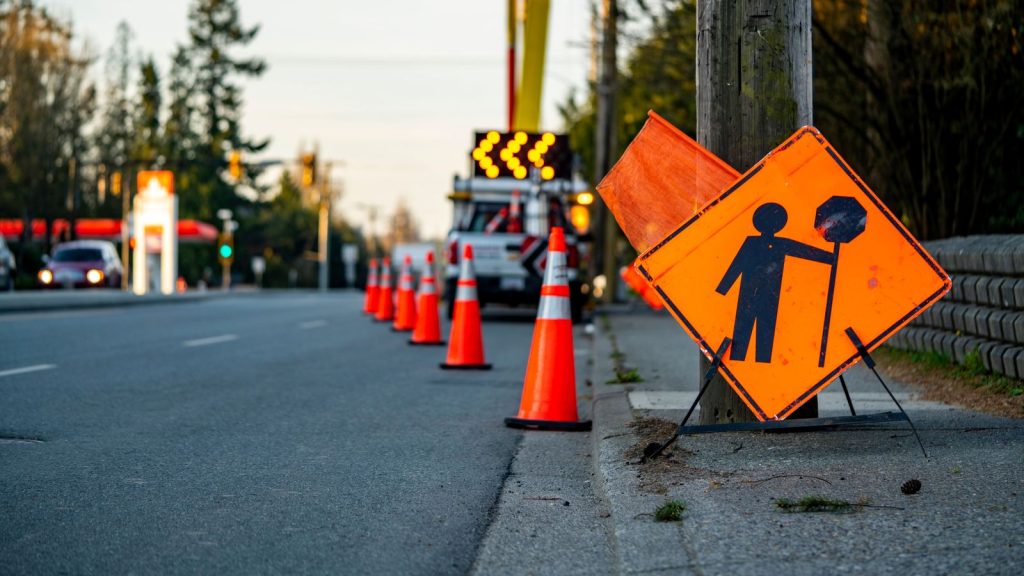Protecting Your Ears In Loud Workplaces

There’s nothing worse than coming home from a long day on the job and to have a distinct ringing sensation in your ears. Tinnitus is a common health problem that causes the experience of ringing or other noises in one or both of your ears.
According to the Mayo Clinic:
“…tinnitus can be caused by a number of things, including broken or damaged hair cells in the
part of the ear that receives sound (cochlea); changes in how blood moves through nearby blood
vessels (carotid artery); problems with the joint of the jaw bone (temporomandibular joint); and
problems with how the brain receives audible signals.”
Though tinnitus can be caused by several factors, consistent exposure to loud noises is one of the most common risk factors for tinnitus. Loud noises from heavy equipment, chain saws and firearms, and other noisy machines are common sources of noise-related hearing loss.
Work environments that have regular high noise levels such as factory and construction workers, musicians, and soldiers, are at higher risk for tinnitus, hearing loss, and other hearing-related health disorders.
Fortunately, business owners in any industry that has a loud workplace can implement a few simple techniques that can protect their workers from premature hearing loss, tinnitus, and other hearing problems.
Below, we take a quick look at the importance of ear protection in the workplace, and some easy strategies for improving workplace hearing protection.
Specific Jobs that Have High Exposure to Loud Noises
Continued exposure to loud noises can damage hair cells, membranes, nerves, or other parts of your inner ear. The most common result of this exposure to loud noises is temporary or permanent hearing loss. The CDC reports that:
“the average person is born with about 16,000 hair cells within their cochlea. These cells allow
your brain to detect sounds. Up to 30% to 50% of hair cells can be damaged or destroyed before
changes in your hearing can be measured by a hearing test. By the time you notice hearing loss,
many hair cells have been destroyed and cannot be repaired.”
So, how loud is too loud?
In general, if you find that you have to raise your voice just to talk with someone a few feet away, the noise level in the workplace is most likely too loud. If your workers complain from ringing in the ears or slight deafness for several hours after exposure to a noise, this is another sign of excessive noise levels.
The U.S. Occupational Safety and Health Administration (OSHA) states that employers must offer hearing protection for their workers whenever sound levels average more than 85 decibels in an 8-hour day.
OSHA also requires all employers to ensure that their workers use ear protection when sound levels average more than 90 decibels in a day.
Some of the jobs that have the most severe exposure to consistent loud noises include:
- Bartenders: Loud music and dozens of conversations occurring at once mean that bartenders tend to be exposed to noise levels of up to 110 dB for hours every day.
- Runway marshals: These workers and others who work on airport runways are exposed to the extremely loud noises of jet engines that could irreparably damage hearing within minutes without adequate protection.
- Orchestral musicians: Professional musicians are four times more likely to suffer hearing damage than the general public.
- Dentists and dental assistants: The screeching of dental drills can bring noise levels up to 90 dB.
- Road construction workers: Jackhammers, passing cars and trucks, and other heavy machinery easily reach noise levels of up to 120 dB.
What Can You Do to Protect Your Workers’ Hearing?
Fortunately, most businesses can easily protect their workers from loud noises by providing adequate hearing protection. There are several high quality earplugs for workplaces with high noise levels.
These ear plugs should block the ear canal with an airtight seal. Similarly, earmuffs must fit firmly over your entire outer ear to form an airtight seal. An adjustable headband is necessary as well.
In workplace environments with extreme levels of noise that regularly passes 105 decibels, wearing earplugs AND earmuffs together might be a necessity. When worn together, these can add 10 to 15 decibels of protection.
Protect Your Employees’ Hearing With Work-Fit
Employers with loud workplace environments might also consider hiring a third-party, independent contractor to help implement the best practices for hearing protection. Work-Fit is one leading company that offers onsite and telehealth injury prevention, management, and employee wellness programs for your workforce.
We are the nationwide leader in applying sports medicine techniques in the workplace to prevent injuries and increase your company’s bottom line. Our team of medical professionals can help your company design and implement effective strategies to protect your workers’ hearing.
Our injury prevention program is a great resource to help your business generate savings on worker’s compensation by finding the best strategies to limit hearing problems in your workforce. If you are interested in finding the best ways to protect your workers from loud noises, contact us today to learn about how we can help your team!



